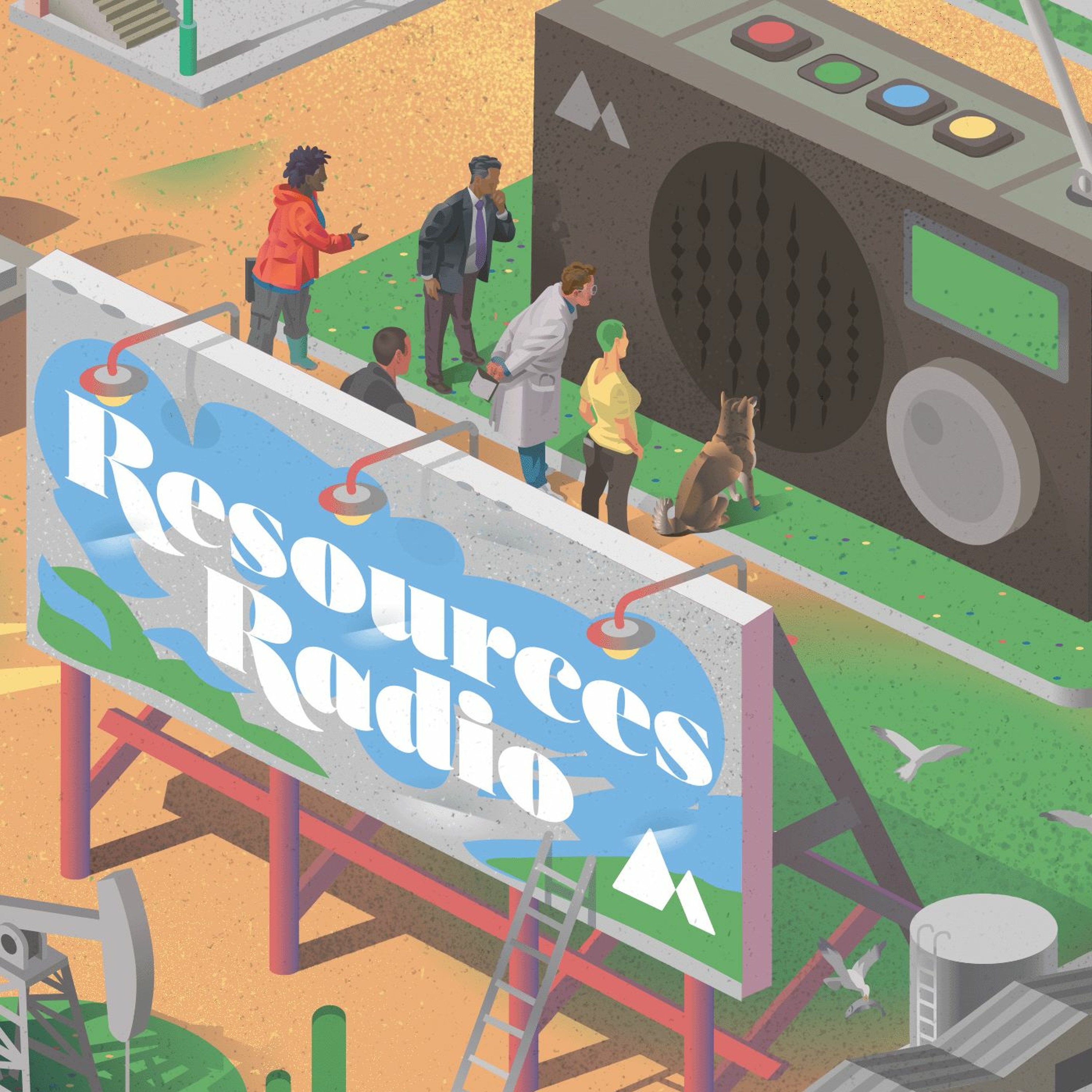- Government
- SEE MORE
- classical
- general
- talk
- News
- Family
- Bürgerfunk
- pop
- Islam
- soul
- jazz
- Comedy
- humor
- wissenschaft
- opera
- baroque
- gesellschaft
- theater
- Local
- alternative
- electro
- rock
- rap
- lifestyle
- Music
- como
- RNE
- ballads
- greek
- Buddhism
- deportes
- christian
- Technology
- piano
- djs
- Dance
- dutch
- flamenco
- social
- hope
- christian rock
- academia
- afrique
- Business
- musique
- ελληνική-μουσική
- religion
- World radio
- Zarzuela
- travel
- World
- NFL
- media
- Art
- public
- Sports
- Gospel
- st.
- baptist
- Leisure
- Kids & Family
- musical
- club
- Culture
- Health & Fitness
- True Crime
- Fiction
- children
- Society & Culture
- TV & Film
- gold
- kunst
- música
- gay
- Natural
- a
- francais
- bach
- economics
- kultur
- evangelical
- tech
- Opinion
- gaming
- College
- technik
- History
- Jesus
- Health
- movies
- radio
- services
- Church
- podcast
- Education
- international
- Transportation
- Other
- kids
- podcasts
- philadelphia
- Noticias
- love
- sport
- Salud
- film
- and
- 4chan
- Disco
- Stories
- fashion
- Arts
- interviews
- hardstyle
- entertainment
- humour
- medieval
- literature
- alma
- Cultura
- video
- TV
- Science
- en
Mapping Waters of the United States Using New Tools, with Simon Greenhill and Hannah Druckenmiller

In this week\u2019s episode, host Daniel Raimi talks with Simon Greenhill (PhD candidate at the University of California, Berkeley) and Hannah Druckenmiller (university fellow at Resources for the Future and assistant professor at the California Institute of Technology). Along with other coauthors, Greenhill and Druckenmiller recently published an article in the journal Science that uses a new machine learning model to predict which waterways are regulated under the Clean Water Act according to different definitions of what the Clean Water Act calls \u201cwaters of the United States.\u201d Greenhill and Druckenmiller discuss the differences in regulation when considering a broader or narrower interpretation of waters of the United States, along with the implications for wetland protection, clean water, and flood mitigation.\n\nReferences and recommendations:\n\n\u201cMachine learning predicts which rivers, streams, and wetlands the Clean Water Act regulates\u201d by Simon Greenhill, Hannah Druckenmiller, Sherrie Wang, David A. Keiser, Manuela Girotto, Jason K. Moore, Nobuhiro Yamaguchi, Alberto Todeschini, and Joseph S. Shapiro; https://www.rff.org/publications/journal-articles/machine-learning-predicts-which-rivers-streams-and-wetlands-the-clean-water-act-regulates/\n\nClean Water Act regulation map; https://simondgreenhill.github.io/wotus-map/\n\nClean Water Act regulation map explainer video by Simon Greenhill; https://www.youtube.com/watch?v=Jkhz5gVUo2w&ab\n\n\u201cWetlands, Flooding, and the Clean Water Act\u201d by Charles A. Taylor and Hannah Druckenmiller; https://www.rff.org/publications/working-papers/wetlands-flooding-and-the-clean-water-act/\n\n\u201cThe Hungry Tide\u201d by Amitav Ghosh; https://www.harpercollins.com/products/the-hungry-tide-amitav-ghosh\n\n\u201cThe High Sierra: A Love Story\u201d by Kim Stanley Robinson; https://www.hachettebookgroup.com/titles/kim-stanley-robinson/the-high-sierra/9780316306812/